A unique photograph of the Milky Way galaxy was captured using the IceCube detector, which observes high-energy neutrinos from space.
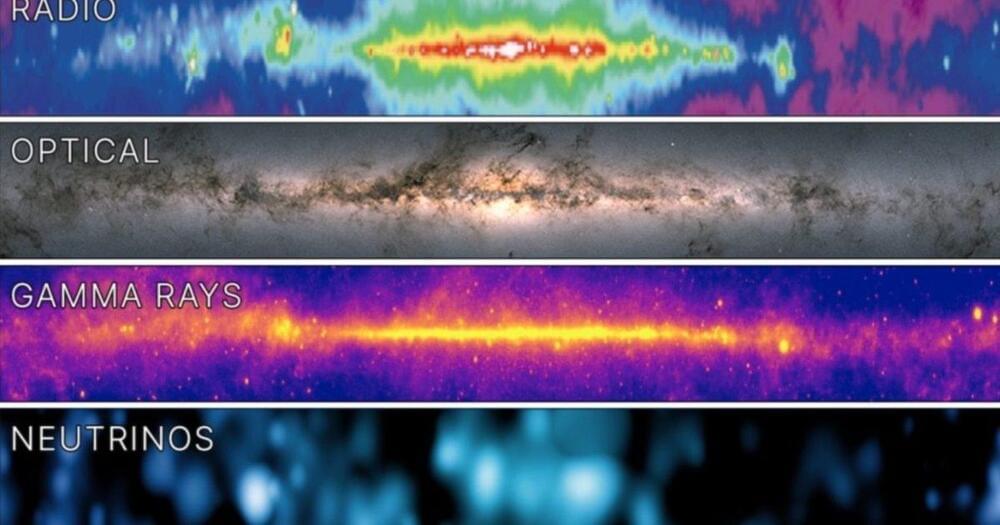

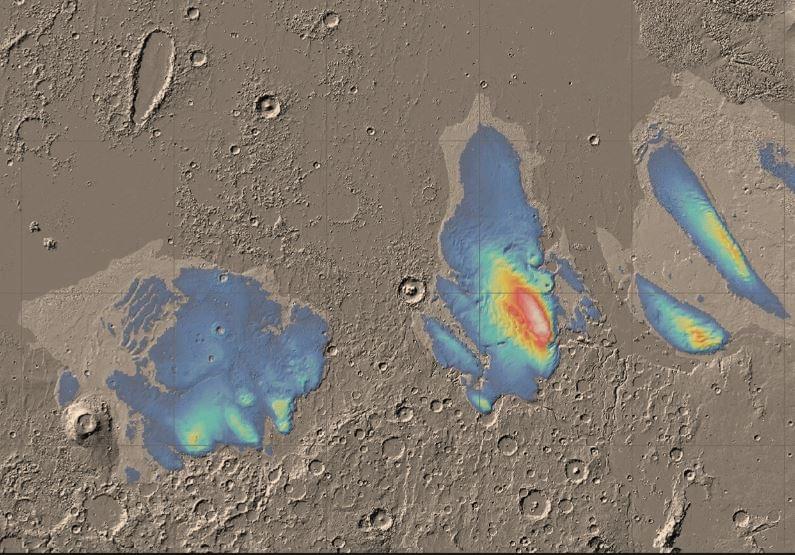
Windswept piles of dust, or layers of ice? ESA’s Mars Express has revisited one of Mars’s most mysterious features to clarify its composition. Its findings suggest layers of water ice stretching several kilometers below ground—the most water ever found in this part of the planet.
Over 15 years ago, Mars Express studied the Medusae Fossae Formation (MFF), revealing massive deposits up to 2.5 km deep. From these early observations, it was unclear what the deposits were made of—but new research now has an answer.
“We’ve explored the MFF again using newer data from Mars Express’s MARSIS radar, and found the deposits to be even thicker than we thought: up to 3.7 km thick,” says Thomas Watters of the Smithsonian Institution, U.S., lead author of both the new research, published in Geophysical Research Letters, and the initial 2007 study. “Excitingly, the radar signals match what we’d expect to see from layered ice, and are similar to the signals we see from Mars’s polar caps, which we know to be very ice rich.”

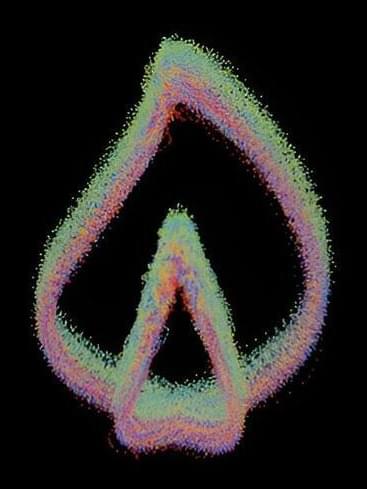
A team from TU Dortmund University recently succeeded in producing a highly durable time crystal that lived millions of times longer than could be shown in previous experiments. By doing so, they have corroborated an extremely interesting phenomenon that Nobel Prize laureate Frank Wilczek postulated around ten years ago and which had already found its way into science fiction movies.
The results have been published in Nature Physics.
Crystals or, to be more precise, crystals in space, are periodic arrangements of atoms over large length scales. This arrangement gives crystals their fascinating appearance, with smooth facets like in gemstones.
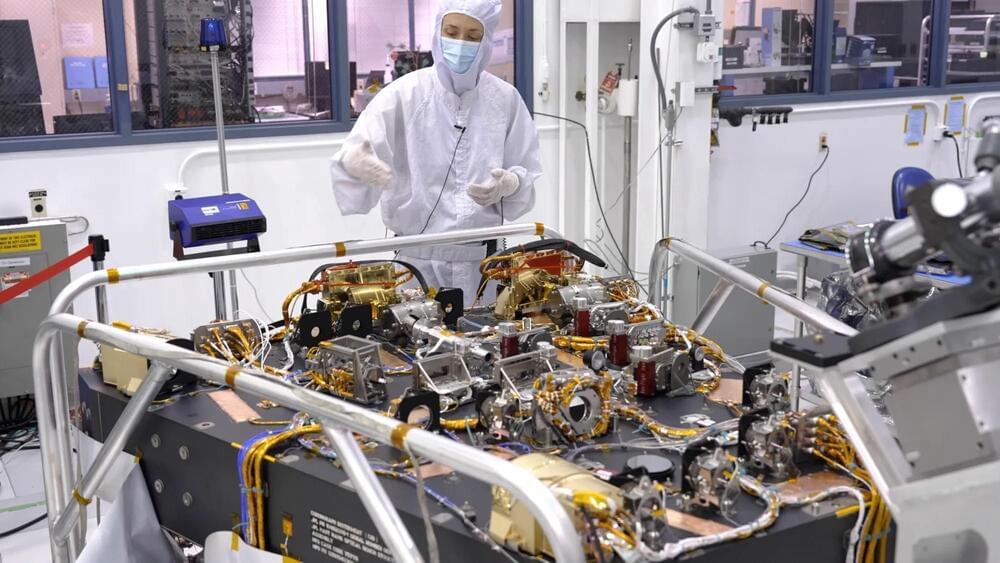
The study of exoplanets is slated to get an upgrade with NASA’s Roman Space Telescope, also known as Roman, which will observe the night sky like never before. However, before it can meet its current scheduled launch date of May 2027, Roman needs to demonstrate all its instruments and components are functioning at peak performance, which includes its Coronagraph Instrument (CGI). The CGI is slated to be a technology demonstration for directly imaging exoplanets on future space telescope missions. Recently, NASA announced that CGI passed some critical tests for ensuring the CGI and the other instruments on Roman will function in tandem without getting in each other’s way.
“This is such an important and nerve-wracking stage of building a spacecraft instrument, testing whether or not everything works as intended,” Dr. Feng Zhao, who is the deputy project manager for CGI at NASA JPL, said in a statement. “But we have an amazing team who built this thing, and it passed the electrical components tests with flying colors.”
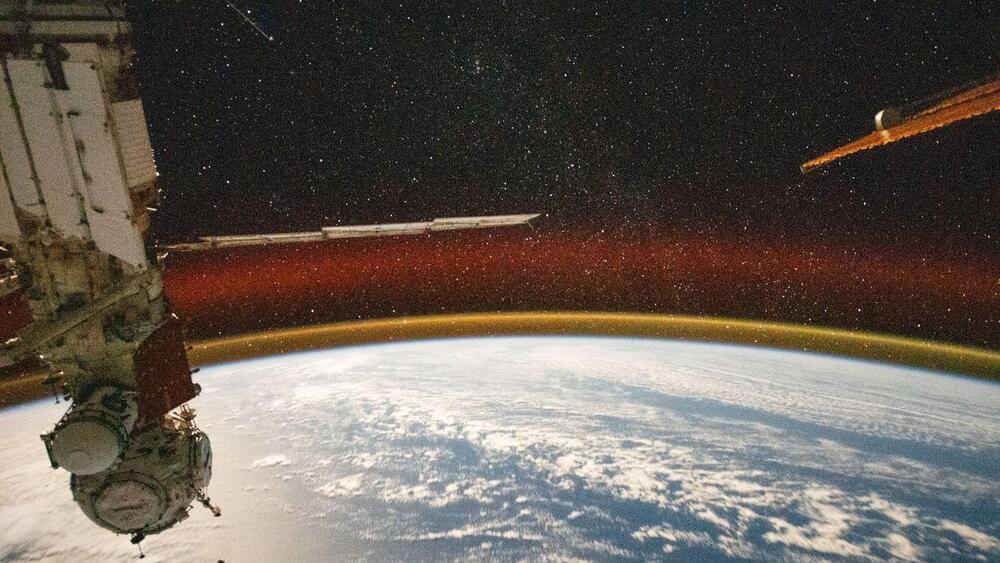
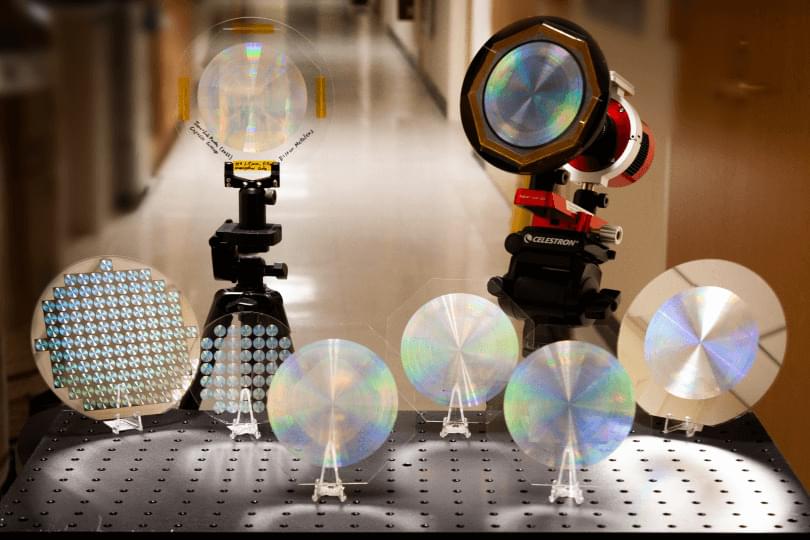
Metalenses have been used to image microscopic features of tissue and resolve details smaller than a wavelength of light. Now they are going bigger.
Researchers at the Harvard John A. Paulson School of Engineering and Applied Sciences (SEAS) have developed a 10-centimeter-diameter glass metalens that can image the sun, the moon and distant nebulae with high resolution.
It is the first all-glass, large-scale metalens in the visible wavelength that can be mass produced using conventional CMOS fabrication technology.
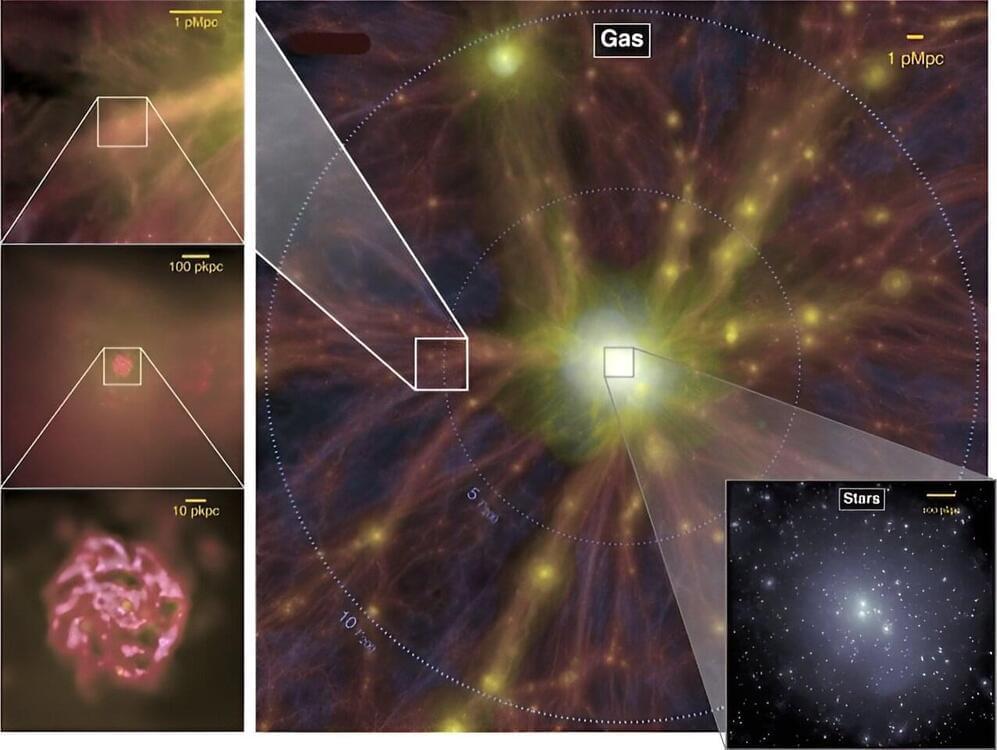
Researchers at the University of Kansas (KU) hope to better understand intricate mechanisms behind the evolution of galaxies, which travel through a “cosmic web” of different environments during their lifespans.
Gregory Rudnick, professor of physics & astronomy at KU, is leading a team to study “gas content and star-formation properties of galaxies” that are altered depending on where they are moving through the cosmos.
“The primary objective of this project is to comprehend the impact of environmental factors on the transformation of galaxies,” Rudnick said. “In the universe, galaxies are spread in a non-uniform distribution characterized by varying densities. These galaxies aggregate into large clusters, comprising hundreds to thousands of galaxies, as well as smaller groups, consisting of tens to hundreds of galaxies.”
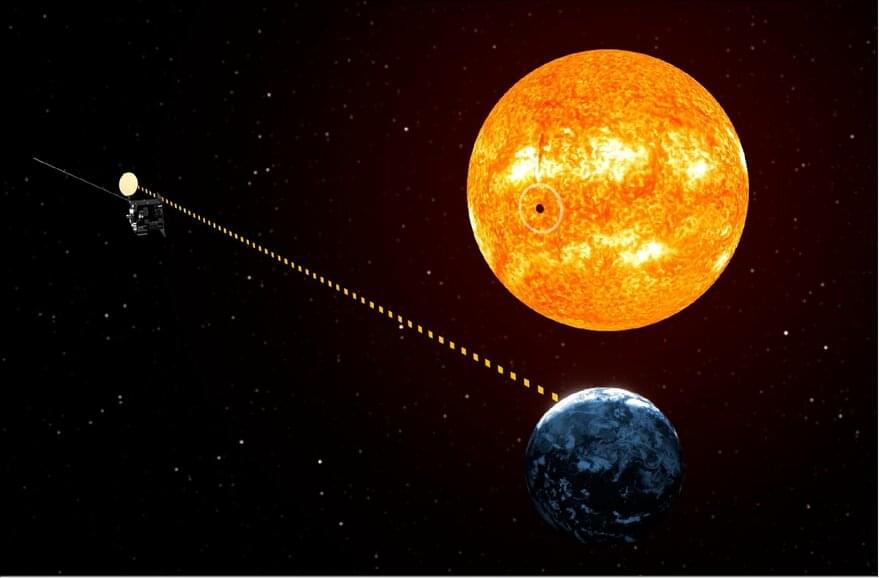
“We have not forgotten our science colleagues. In fact, they are important partners for the mission,” Giuseppe Mandorlo, Vigil project manager, said Jan. 29 at the American Meteorological Society annual meeting here.
Vigil will provide space weather data from sun-Earth Lagrange point 5. Data gathered from L5 could provide notice of four to five days of solar winds streaming toward Earth.
Data from Vigil sensors coupled with the National Oceanic and Atmospheric Administration’s Space Weather Follow-On (SWFO L1) mission destined for L1 promise to improve early warning of solar storms, Mandorlo said.
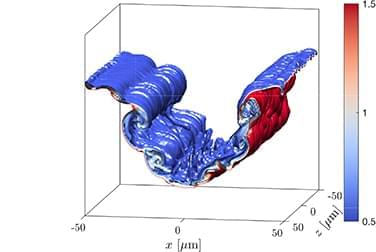
Simulating KH-, RT-, or RM-driven mixing using direct numerical simulations (DNS) can be prohibitively expensive because all the spatial and temporal scales have to be resolved, making approaches such as Reynolds-averaged Navier–Stokes (RANS) often the more favorable engineering option for applications like ICF. To this day, no DNS has been performed for ICF even on the largest supercomputers, as the resolution requirements are too stringent.8 However, RANS approaches also face their own challenges: RANS is based on the Reynolds decomposition of a flow where mean quantities are intended to represent an average over an ensemble of realizations, which is often replaced by a spatial average due to the scarcity of ensemble datasets. Replacing ensemble averages by space averages may be appropriate for flows that are in homogenous-, isotropic-, and fully developed turbulent states in which spatial, temporal, and ensemble averaging are often equivalent. However, most HED hydrodynamic experiments involve transitional periods in which the flow is neither homogeneous nor isotropic nor fully developed but may contain large-scale unsteady dynamics; thus, the equivalency of averaging can no longer be assumed. Yet, RANS models often still require to be initialized in such states of turbulence, and knowing how and when to initialize them in a transitional state is, therefore, challenging and is still poorly understood.
The goal of this paper is to develop a strategy allowing the initialization of a RANS model to describe an unsteady transitional RM-induced flow. We seek to examine how ensemble-averaged quantities evolve during the transition to turbulence based on some of the first ensemble experiments repeated under HED conditions. Our strategy involves using 3D high-resolution implicit large eddy simulations (ILES) to supplement the experiments and both initialize and validate the RANS model. We use the Besnard–Harlow–Rauenzahn (BHR) model,9–12 specifically designed to predict variable-density turbulent physics involved in flows like RM. Previous studies have considered different ways of initializing the BHR model.